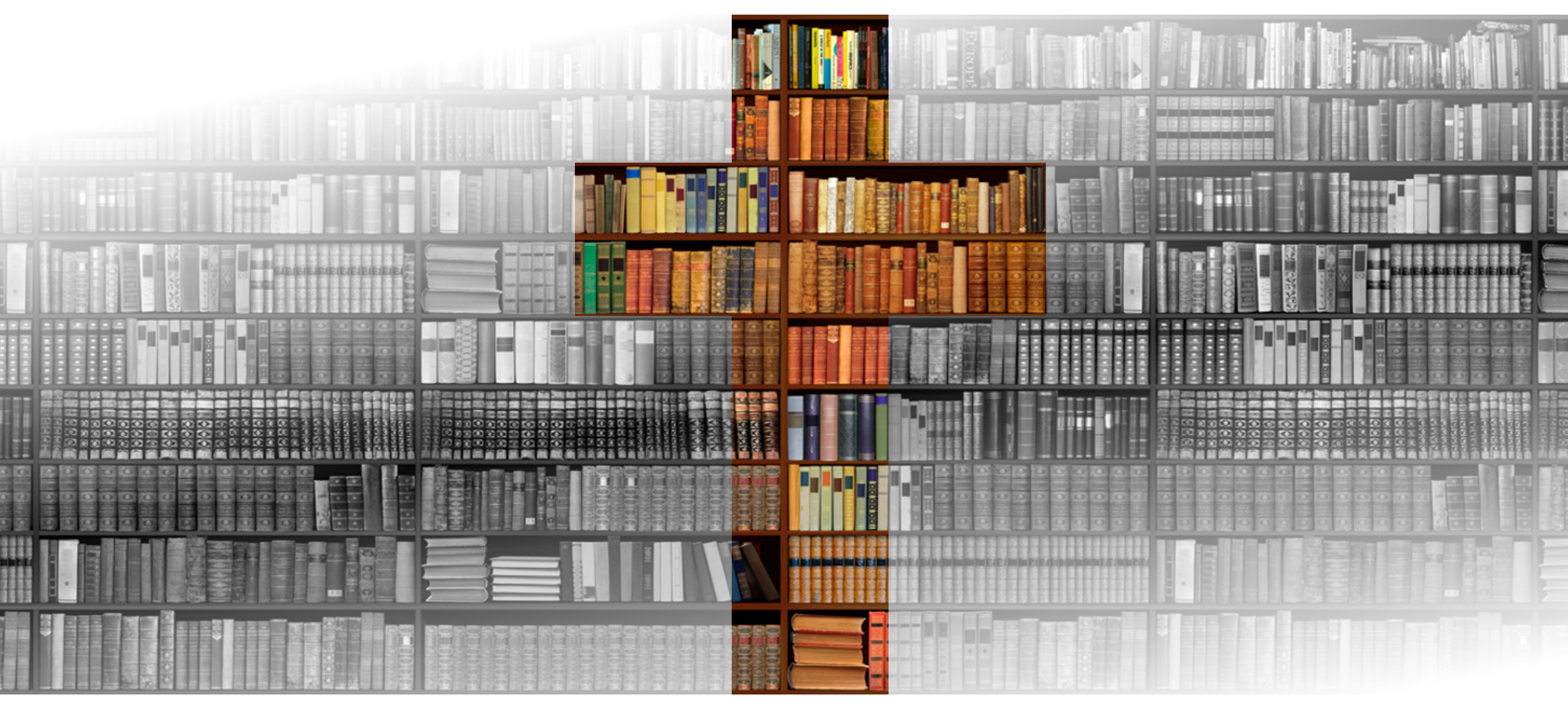Welcome to part 2 of the Starting a Podcast series. In the last post, I laid out the process we went through in the Conception phase of the podcast. This post assumes you’ve got your concept and that you’re ready to start getting down to the technical aspects of your podcast. These are the steps to get ready for the production aspect of the show. For where these steps fit in the overall scheme of setting up a podcast, refer back to the chart from part 1 of this series.
Preparation Phase:
This is where you’ll set up the necessary hardware and software for your podcast. It’s also where you’ll make some decisions about procedures and logistics.
- Select Recording Software [H] and Acquire Recording Software [O]: Over the years we and our guest hosts have used a number of different programs to get audio files for episodes, including the WIndows Sound Recorder app. You can use basically any program that allows you to record sound files, but that’s not to say they’re all equal. The RPG segment of the podcasting community, at least, has more or less standardized on Audacity. There are several reasons for this: it handles both recording and editing, it’s relatively easy to use, it has a decent number of features, and (perhaps most importantly) it’s free. If you are going to use Audacity (and after almost four years of using it, I’m pretty confident saying you should) you’ll want to get the LAME codec (it’s actual name, not a quality judgment) so you can encode your audio files in MP3 format. The reason it’s a separate codec and not part of audacity has to do with open-source licensing and file formats. It’s a legal issue, not a technical one, but you’ll only need to take care of it once when you install
- Set up File Hosting [I]: You’ll need a place to host the audio you’re going to be producing. We actually found out the hard way early on in our podcasting career that you definitely want to use a hosting provider that specializes in podcasts. (If you don’t you may find that the first time one of your episodes takes off, there’s a very real possibility that you’ll be scrambling to get your feed back instead of celebrating.) The two big names in the business right now are Podbean and Libsyn. Either one of these services will work fine, but Libsyn is generally regarded as being a bit better; they tend to be slightly more reliable and have been talking about Spotify integration, though that seems to still be “early days” as of this writing.
- Set up Social Media Presence [J]: As notoriously lousy as I am at social media, even I can acknowledge that these days, your podcast needs a social media presence. At a bare minimum, set up a twitter account, but also think about Facebook, Google+, etc. In addition, if you’re part of the community of another podcast (and if you’re thinking about starting one, you probably are) it’s worth putting the word out to that community about your venture.
- Select Editing Software [K] and Acquire Editing Software [N]: As previously mentioned, the ideal is to have your recording and editing software be the same program. If they’re not, you may want to reconsider Audacity unless you have a compelling reason not to.
- Select Recording Hardware [H] and Acquire Recording Hardware [O]: This is one of the places where aspiring podcasters tend to get stuck, which is a shame, because this really isn’t that big of a deal. Let me set the record straight: you don’t need a mixer, you don’t need a mic that costs hundreds of dollars, and you don’t need a recording studio. A decent-quality USB mic is just fine; Grant uses a podcasting standard, the Blue Snowball and I use an Audio-Technica ATR2100-USB. It IS worth getting a windscreen and a pop filter for your mic, and you will find it a lot more comfortable to record if you mount it on something that doesn’t require you to loom/hunch over your desk like a podcasting vulture.
- Establish Recording Procedures [M]: For Saving the Game, we set up our outline’s “bones” ahead of time, and then finish it off either right before or in the first few minutes after we get on a VOIP call and open up Audacity. We typically both record 10 seconds or so of random chatter just to make sure we’re getting good waveforms, then delete that from the project. When it comes time to record the episode proper, we do a countdown from 3 and hit “record” more or less at the same time, then acknowledge verbally that we’re recording. After that, we sit quietly for 30 seconds for “room tone” and then typically launch into the episode. You may want to do something similar or different, but work it out ahead of time.
- Set up File Sharing Resources [Q]: If you’re able to record in the same physical space with the other folks on your podcast, this isn’t all that important. If you’re remote like we are on Saving the Game, however, it is absolutely critical (audio files are typically way too big to be emailed, and you need to get everyone’s track to the editor). Once again, this needn’t be something expensive or time consuming; Grant and I use Google Drive and have been very happy with it. I know of several other podcasts that use DropBox. Once again, there’s no one “right” solution, just find something that works for everybody involved and use it consistently.
And that’s it for Part 2: Preparation. Look for Part 3 on Saturday.



One thought on “Starting a Podcast, Part 2: Preparation”